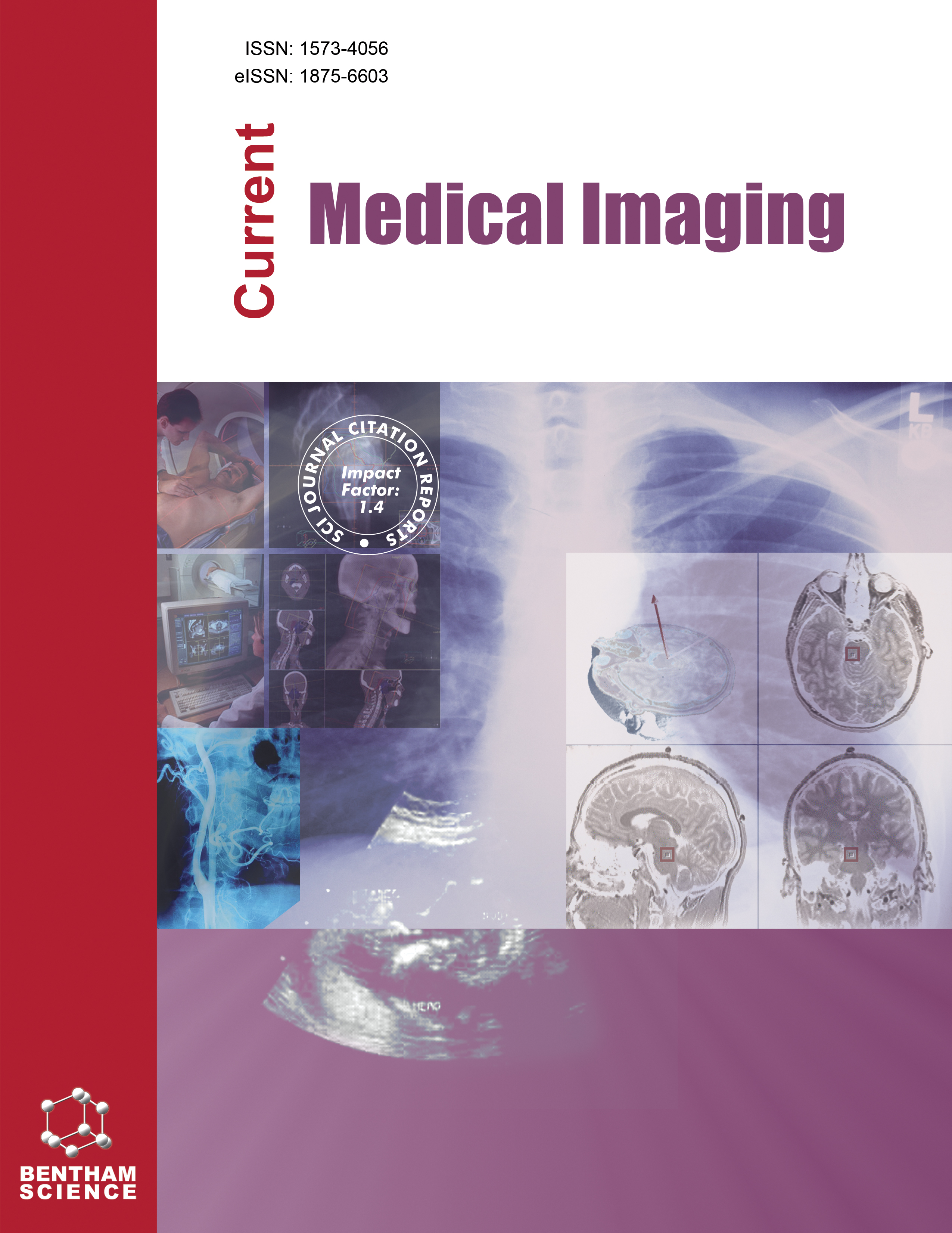-
oa Zinner Syndrome: Radiologic Diagnosis in a Rare Case
- Source: Current Medical Imaging, Volume 20, Issue 1, Jan 2024, e290823220480
-
- 05 Feb 2023
- 28 Jul 2023
- 01 Jan 2024
Abstract
Zinner’s syndrome is a rare congenital malformation of the seminal vesicle and ipsilateral upper urinary tract caused by mesonephric duct developmental anomaly during early embryogenesis. This study aimed to demonstrate the significance of magnetic resonance imaging (MRI) in distinguishing pelvic cysts in males, given that MRI is the gold standard exam for confirming the diagnosis and managing therapy.
A 21-year-old male patient with a solitary kidney who had been diagnosed since birth presented with abdominal pain. Transabdominal and transrectal ultrasonography (US), computed tomography (CT), and MRI were performed. The contrast-enhanced MRI of the pelvis showed a tubular fluid-filled, macrolobulated lesion measuring 6 x 6 x 4 cm, mildly high signal intensity in the T2-weighted images, and slightly high signal intensity in the T1-weighted images, without contrast enhancement. The left kidney was hypoplasic. Imaging findings led to the diagnosis of Zinner’s syndrome, and conservative treatment was planned.
Zinner’s syndrome is characterized by a triad consisting of unilateral renal agenesis or hypoplasia, ipsilateral seminal vesicle cyst, and ipsilateral ejaculatory duct obstruction. MRI is the modality of choice for an impeccable depiction of the anatomy of the male genital tract, for demonstrating the seminal vesicles and evaluating anomalies of the mesonephric duct. It is also useful in distinguishing seminal vesicle cysts from other cystic pelvic masses.
Zinner’s syndrome should be considered when diagnosing cystic pelvic masses in males with renal agenesis or hypoplasia. Because of its high soft tissue contrast resolution, MRI is the gold standard modality for confirming the diagnosis and assessing the cyst’s origin and contents.


